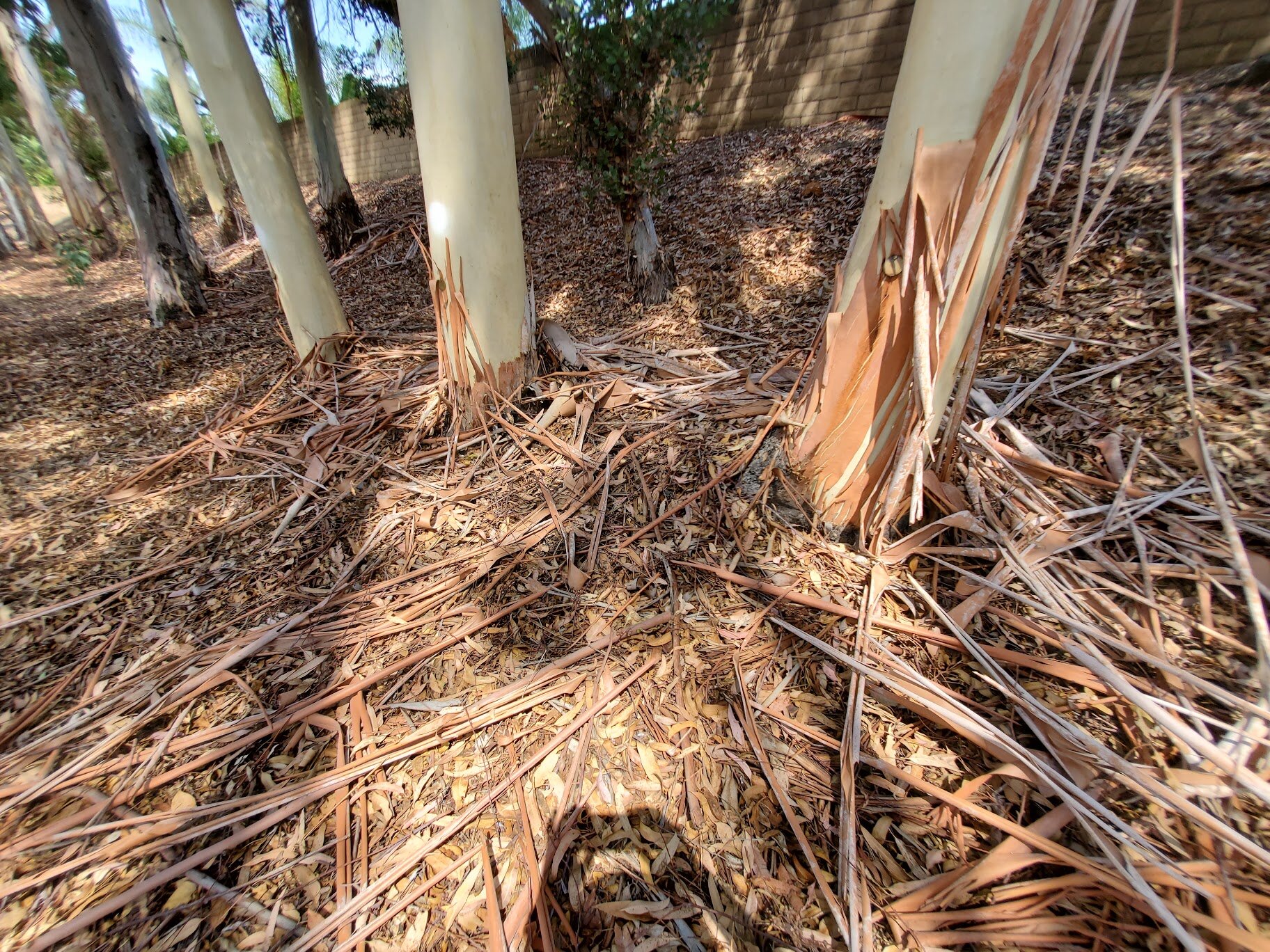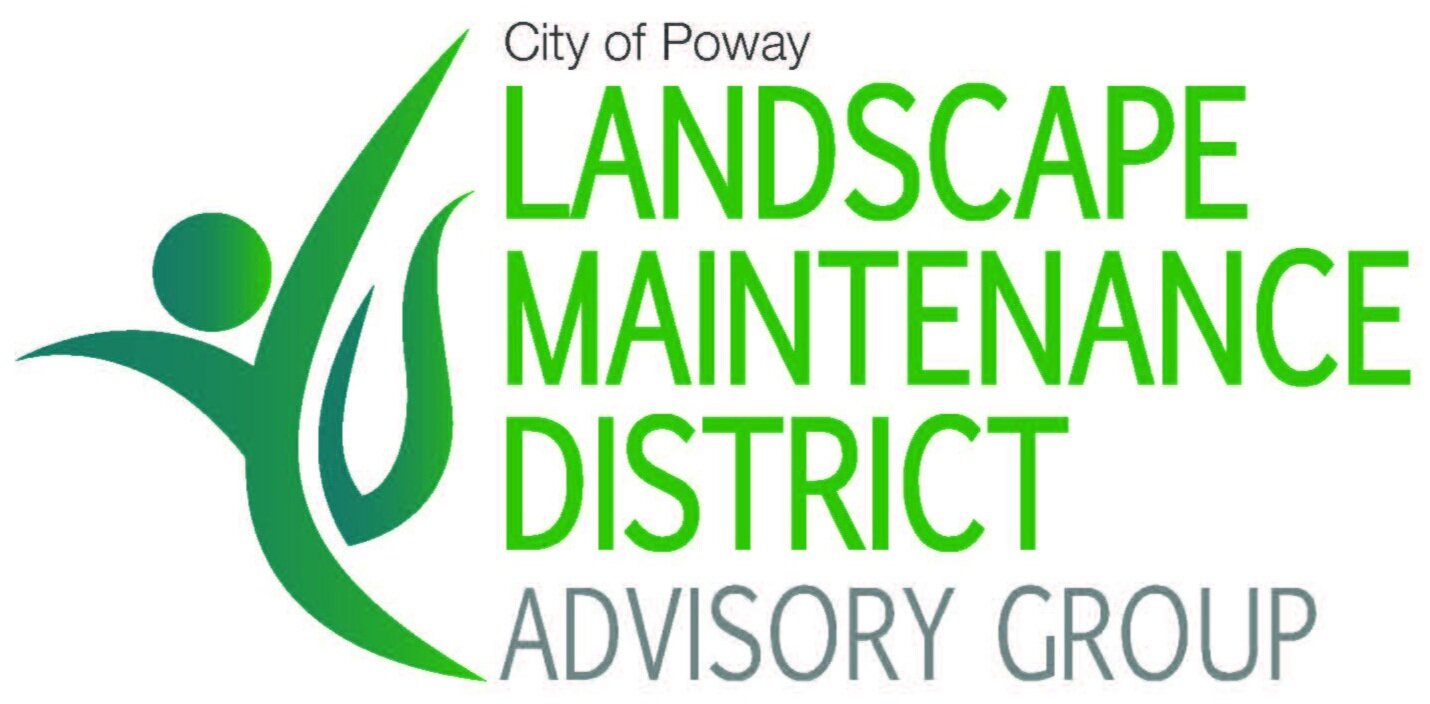
Neighbors Making a Difference.
Frequently Asked Questions
What is a Landscape Maintenance District (LMD)?
A Landscape Maintenance District (LMD) is a funding mechanism administered by the City of Poway. The Landscaping and Lighting Act of 1972 permits cities to establish assessment districts to provide for maintenance of certain public improvements within the particular assessment district. Funding for the LMDs comes from an annual assessment of each property in the designated district and a general contribution from the City of Poway. The amount to be assessed is apportioned by any formula or method which fairly distributes the amount among all assessable lots or parcels in proportion to the estimated benefit to be received by each parcel from the improvements. LMD 83-1 and LMD 86-1 were established in the 1980s when most of the homes within the LMD were built.
How do I know if my property is in a Landscape Maintenance District (LMD)?
If your property is in an LMD, the assessment will be shown in the “Your Tax Distribution” section of your property tax bill. Both the LMD number and assessment are shown. You can check out the map that shows the properties in LMD 83-1 and LMD 86-1 in your LMD on this website.
Does my annual LMD assessment ever change?
LMD assessments have not increased since 1998 when Proposition 218 went into effect. Proposition 218 was passed by California voters in 1996 and provides, among other things, that a majority of assessed property owners must vote to approve changes to assessments or to the parcels included in the assessment district. Prior to 1998, the City was able to maintain the LMDs with the funding revenue provided by the current assessments and the City’s contribution from the general fund. Fluctuations in costs from year to year were handled with LMD fund reserves built up and maintained over a number of years. The City felt that as long as there were sufficient reserves, it would be inappropriate to ask property owners to increase assessments. Since 1998, even as LMD costs have increased beyond available revenues, LMD assessments have not changed due to the restrictions of Proposition 218. The only way to increase assessments (and therefore revenues) now is for a majority of property owners in each LMD to approve an assessment increase.
If I’m paying an assessment for landscaping and maintenance, why does the landscaping and tree maintenance in my neighborhood look so bad?
Following the passage of Proposition 218 in 1996, the city had one last opportunity to adjust assessments prior to the June 1998 implementation deadline. At the time, the LMD budgets had a surplus of funds and increasing assessments could not be justified. For many years following the 1998 implementation of Prop 218, the LMD budgets gradually drew down the surpluses to cover the increasing costs of water and labor, regular repairs to aging irrigation systems, and the additional maintenance required to deal with the growing, diseased, and multiplying trees. When assessments could no longer cover the LMD costs, the city chose to reduce maintenance service levels to balance the LMD budgets until property owners could vote on changes to assessments. Several years of drought have exacerbated the impacts of lower service levels despite the city providing additional funding for both water and tree maintenance. The result has been loss of once hearty landscaping at the entrances to neighborhoods from Twin Peaks and Espola roads, overgrown and multiplying trees along the roadways, and increasing amounts of weeds and debris in both entrances and roadway areas.
Isn’t the LMD assessment really a tax?
Although your LMD assessment is collected with your annual property tax, Proposition 218 defines a tax and assessments differently. Proposition 218 defines a tax as a monetary imposition of a governmental legislative body on persons or property subject to the jurisdiction of the governmental body, for the purpose of raising revenue to support its activities. Assessments are defined as any levy or charge upon real property by an agency for a special benefit conferred upon the real property.
What is a special benefit?
A special benefit refers to a particular and distinct benefit over and above any general benefits bestowed on real property located in the LMD. A special benefit must affect an assessed property in a way that is particular and distinct from its effect on other parcels, and that other properties in general and the public at large do not share. The maintenance of landscaping at the entrances to neighborhoods and along adjacent roadways is considered a special benefit to properties within the LMDs.
What is a general benefit?
General benefit is defined as services provided to the public-at-large. The City of Poway contributes some funding to the LMDs in proportion to the established general benefit received from the LMD landscaping and maintenance. The City’s general benefit contribution generally does not exceed what it would spend to maintain public areas in neighborhoods without an LMD.
Haven’t property owners in the LMDs voted on assessment increases before?
Yes. Property owners in LMD 83-1 and LMD 86-1 voted on a proposed assessment increase in May 2018. The 2018 proposal would have created reconfigured LMDs that included both assessment increases and additional properties in the LMDs. The vote was defeated in both LMDs.
Why did the 2018 assessment increase vote fail?
Following the defeat of the proposed assessment increase, the City of Poway formed an LMD Advisory Group comprised of property owners from both LMDs. The LMD Advisory Group surveyed neighbors and other property owners to try to understand why the votes failed. Primary reasons given include:
Perceived poor City management of the LMDs which resulted in loss of landscaped areas, overgrowth of trees and failure to anticipate future needs
Lack of a well-defined plan or clear proposal for what would be done with new assessment revenues to improve the aesthetics and safety of the areas maintained by the LMDs
Lack of schedule for when any potential improvements would occur
Feelings of inequity related to any “special benefits” received
Reluctance to support the amount of the assessment increases proposed
False perceptions that maintenance of the LMD areas is entirely a City responsibility (the City currently contributes about 10% of the total LMD budgets but the primary financial responsibility per the Landscaping and Lighting Act of 1972 falls to property owner within the LMDs)
Opposition from previously unassessed property owners whose properties were proposed to be added to the LMDs for the first time
Lack of knowledge or awareness for many property owners that they pay an LMD assessment, leading many to ignore notices they thought were irrelevant
Complicated ballot wording that led many homeowners to either vote no, or not vote at all (several open houses were held prior to the vote to provide information but most property owners received their information from the mailed ballot)
Over 40% of eligible property owners did not return their ballot
What would change if LMD property owners are ever asked again to consider an assessment increase?
The LMD Advisory Group has worked with the city to ensure that if property owners are asked again to increase assessments, several key elements will be in place, including:
There will be a plan for landscape rehabilitation and sustainable maintenance. The city retained a landscape architect to prepare a Landscape Master Plan (LMP). The final LMP was accepted by the City Council on May 16, 2023. The LMP is a concept plan that will help determine the financial feasibility of rehabilitating the landscaping within the LMDs
There will, and already has been, be better communication with property owners. The city held open houses in April 2022 to obtain public input on the Landscape Master Plan and, in collaboration with the LMD Advisory Group, conducted a survey of property owners in the two LMDs. Independently, the LMD Advisory Group has conducted neighborhood meetings, sent email updates to a list of interested parties, and responds regularly to comments and questions received at the LMD Advisory Group email address (powaylmdadvisory@gmail.com).
The LMD Advisory Group will continue to advise the city on LMD issues and will communicate with our neighbors regarding LMD issues and proposals.
What is the LMD Advisory Group?
The LMD Advisory Group is a volunteer group of neighbors who live within the LMDs on both sides of Twin Peaks Road and Espola Road. Members of the LMD Advisory Group were appointed by the Poway City Manager because they individually expressed interest in finding ways to improve the status and safety of landscaping and landscape maintenance in their neighborhoods after the failed 2018 assessment increase vote. Since 2019, the LMD Advisory Group has been advising the city on goals and strategies for improving the landscape aesthetics and safety of the LMDs as well as on considerations for any future LMD assessment increase proposal. The LMD Advisory Group is committed to clearly communicating to our neighbors information on the issues and proposals for the LMDs, and to seeking input as we work in partnership with the city to try to improve the LMDs. As part of that commitment, the LMD Advisory Group has developed this website and communicates through social media, neighborhood meetings, our LMD Advisory Group email (powaylmdadvisory@gmail.com), and one-on-one meetings with our neighbors as things progress to ensure that LMD property owners are aware of the issues and have access to clear, understandable information.
I have read where the City has received a FEMA grant that should help ease the financial burden on the LMDs. Will an assessment increase still be needed now that the grant has been received?
The city applied for and received a Federal Emergency Management Act (FEMA) Hazardous Tree Removal grant in 2021. FEMA is providing approximately $1.4 million and the City of Poway, as required by the grant, is adding approximately $500,000 in “matching” funds. This grant is specifically aimed at reducing fuel for wildfires within the LMDs (and the Green Valley area) and is not intended for the general ongoing maintenance of LMD landscaping. Although the LMDs will benefit from this grant as tree removal and trimming will make the trees within the LMDs more manageable and less costly to maintain, the grant is “one time” funding that must be used for projects that will be completed within a specific timeframe and for a specific purpose (reducing fire risk). Therefore, the grant funding cannot be used to address the long-term funding needs for ongoing maintenance and capital improvements in the LMDs. Additional information on the FEMA grant and the work to be accomplished is available on the city website at on the City of Poway website.

